Drug given to Paddock calms some, provokes others, experts say
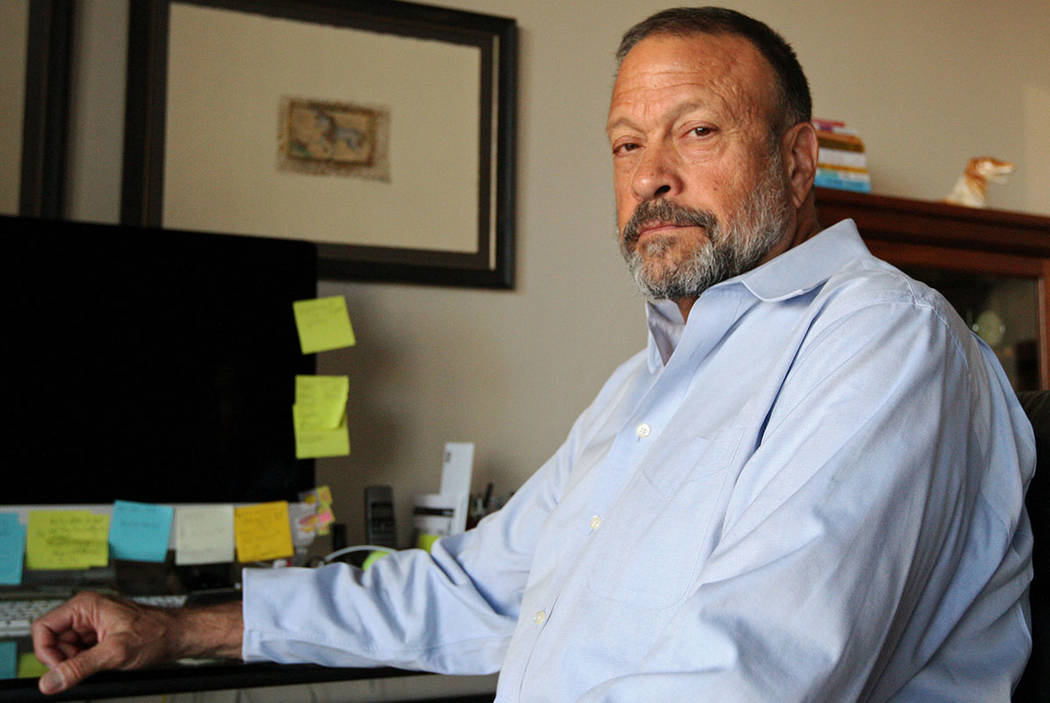
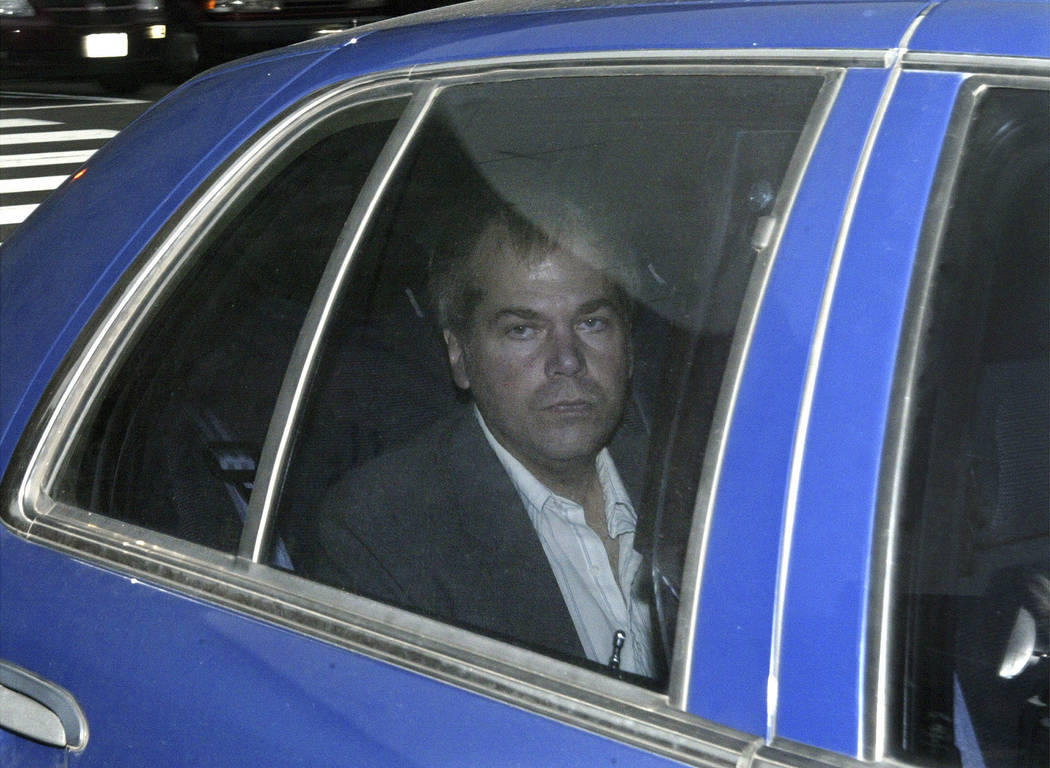
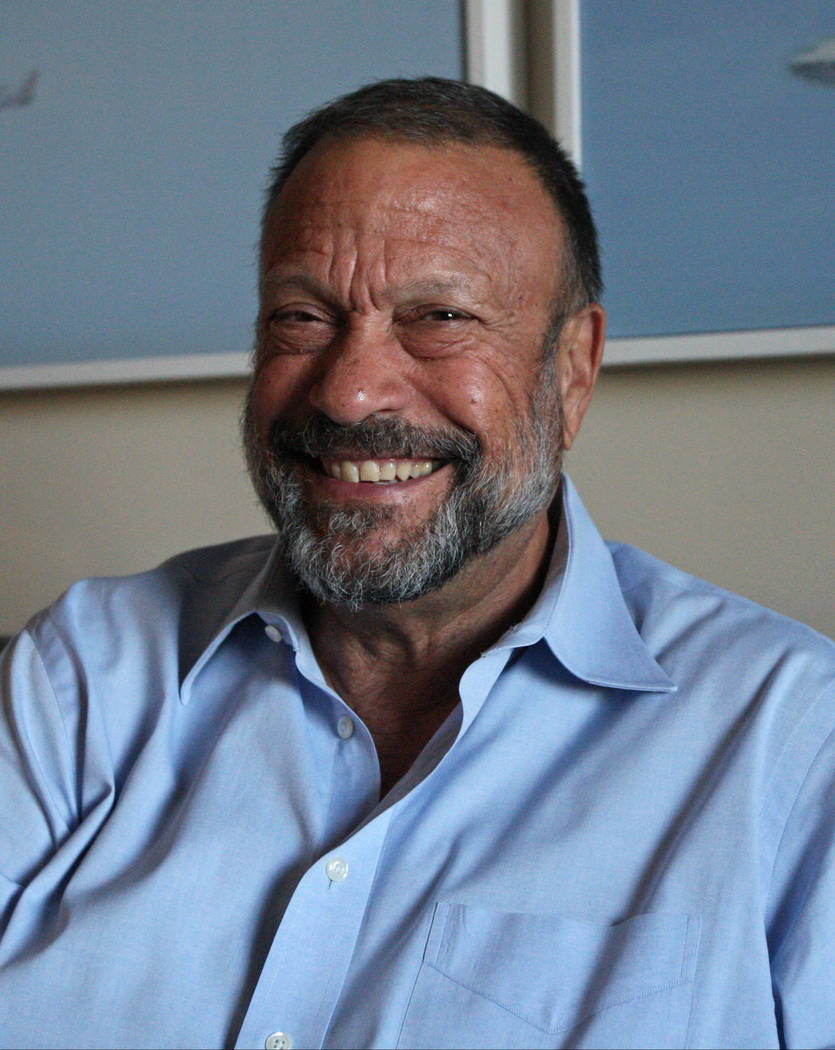
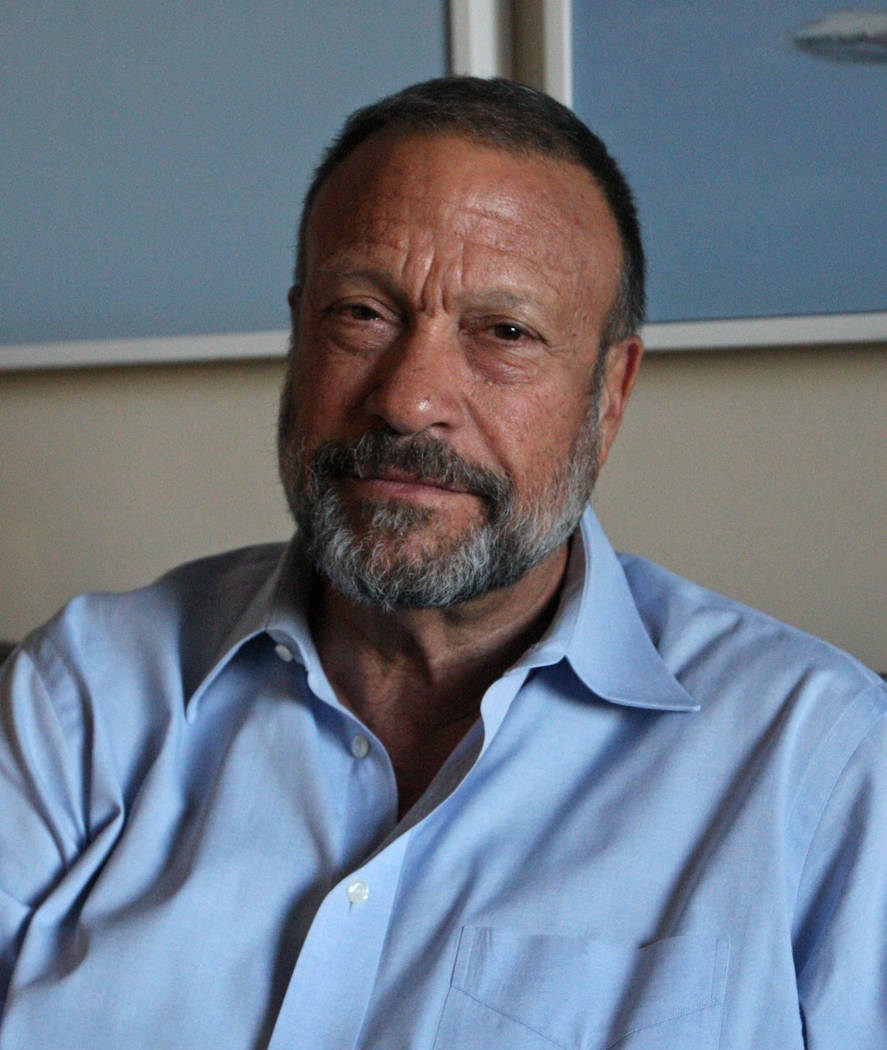
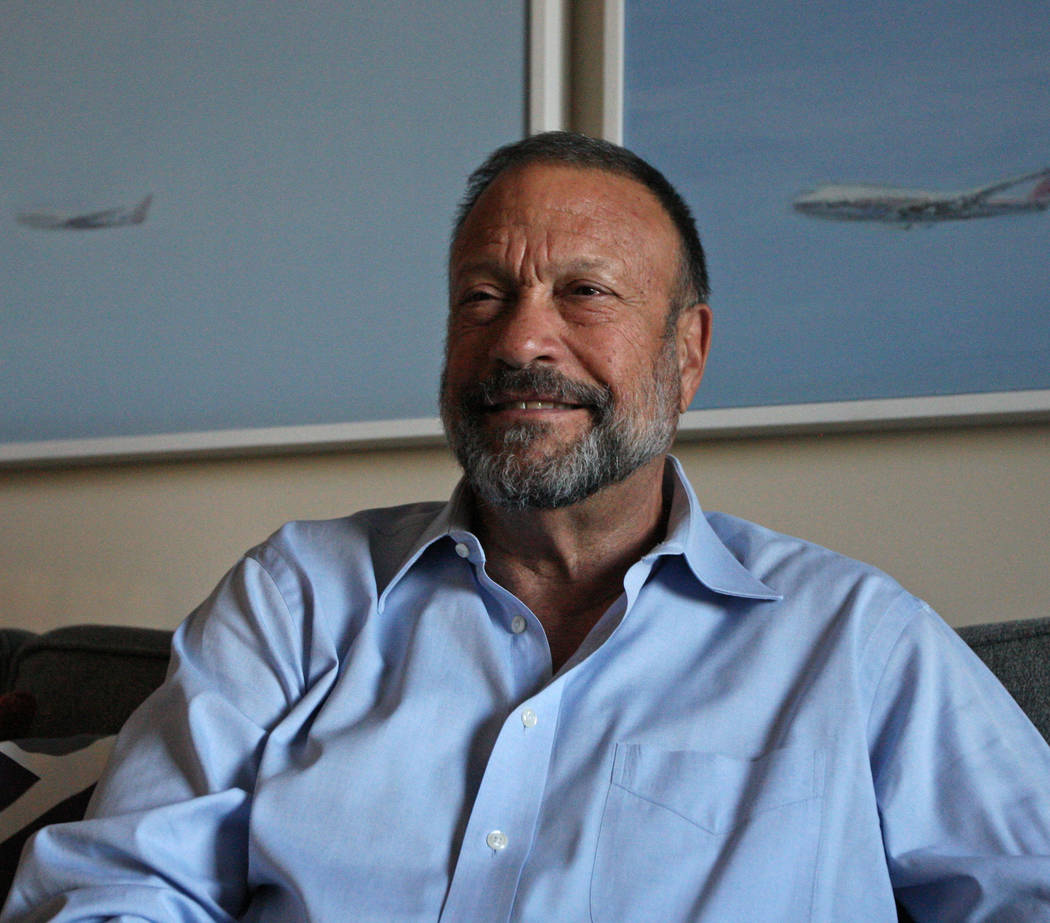
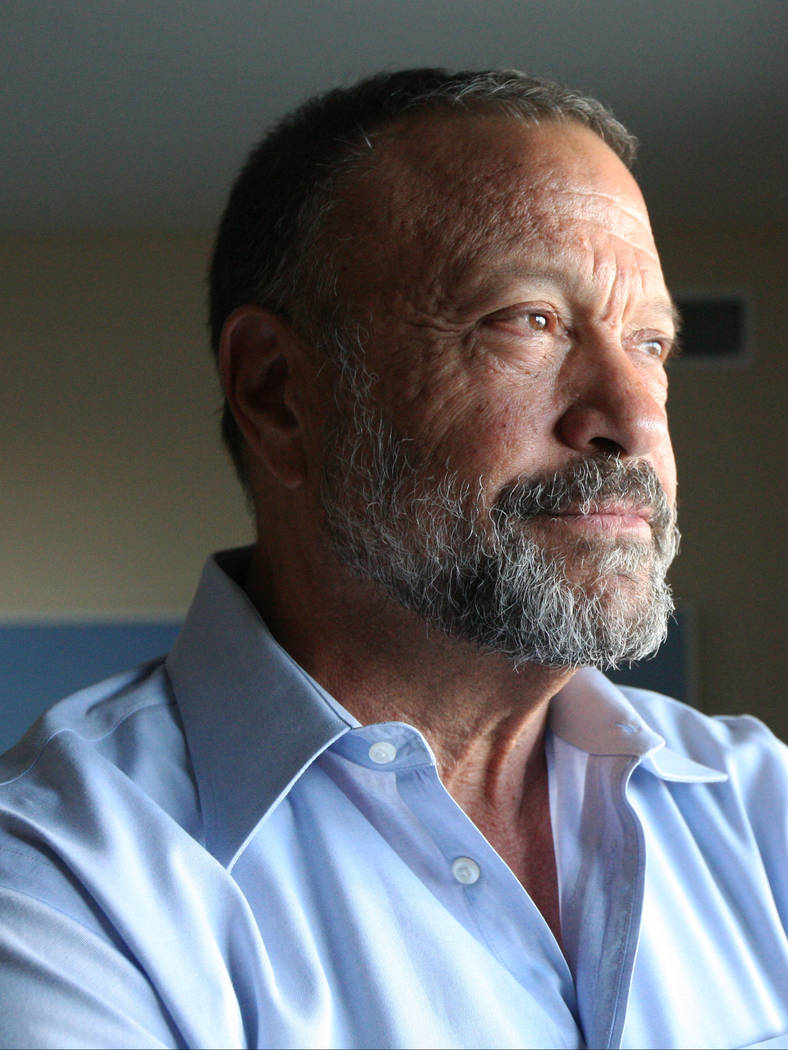
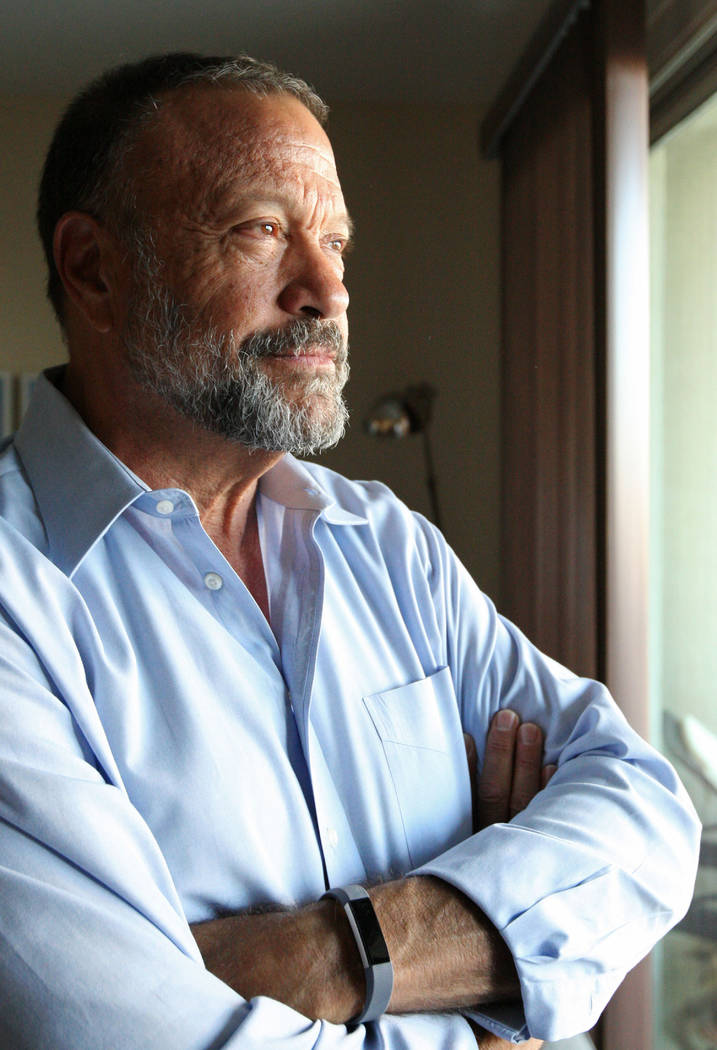

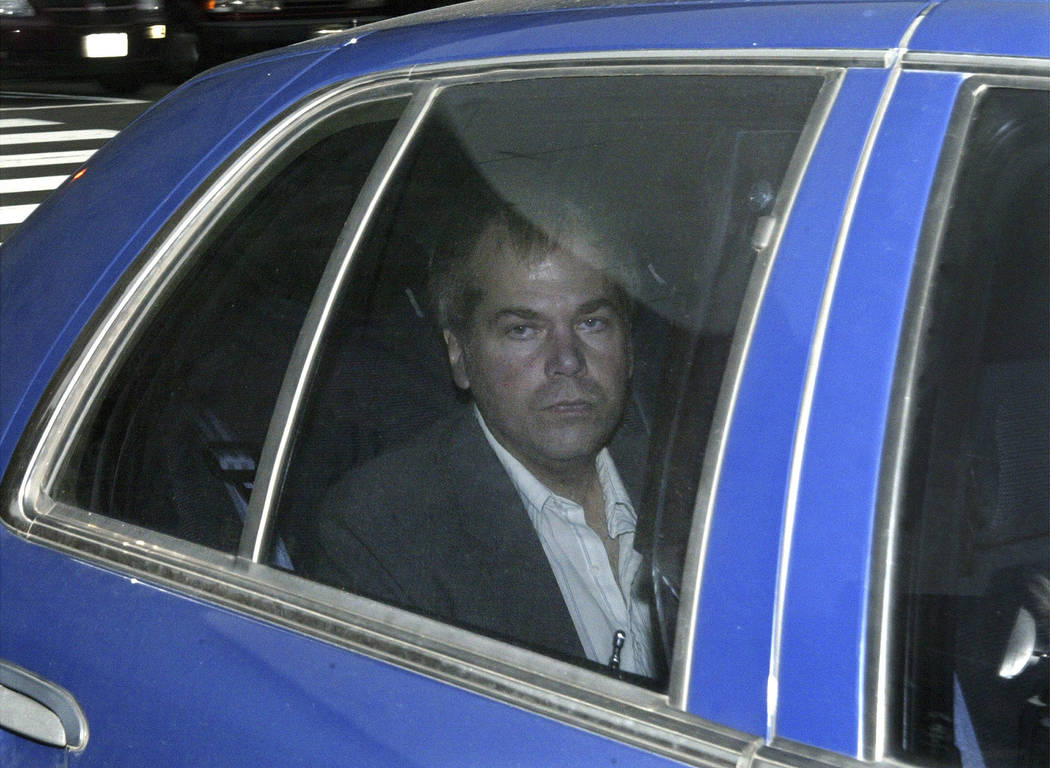
The anti-anxiety drug prescribed to Stephen Paddock less than four months before his horrific onslaught in Las Vegas is often consumed by marksmen to calm their nerves and steady their aim.
But that same drug — diazepam — also was prescribed for John Hinckley Jr. before his attempted assassination of President Ronald Reagan in 1981. Washington, D.C., attorney Paul Kamenar said Wednesday that he believes diazepam aggravated Hinckley’s mental illness and “actually contributed to his dangerous propensity.”
The Jekyll-and-Hyde reactions to the drug, more commonly known under the trade name Valium, are well understood, according to both Dr. Denis Patterson, a board-certified pain medicine specialist based in Reno, and Dr. Mel Pohl, chief medical officer at the Las Vegas Recovery Center.
Pohl pointed out that all sorts of drugs cause paradoxical reactions. Manufacturers themselves acknowledge that fact through TV ads that warn antidepressants “may cause suicidal thoughts in some patients.”
As the Las Vegas Review-Journal reported exclusively on Tuesday, records from the Nevada Prescription Monitoring Program obtained by the newspaper show that Paddock received a prescription for 50 10-milligram tablets of diazepam on June 21 from Henderson physician Dr. Steven Winkler.
‘Marksmen regularly use it’
Patterson said when he learned that Paddock had been prescribed diazepam — a sedative-hypnotic drug in a class of drugs known as benzodiazepines — he immediately thought about two things:
“I wondered what psychosocial distress he might have been in and then I also wondered if he made up symptoms for a doctor so he could use the drug to make him more relaxed in the moment for better shooting,” he said, adding that “marksmen regularly use it.”
Henderson physician Dr. James Gabroy, who said he enjoys target shooting in the desert, said Wednesday that is a more plausible scenario.
“That’s exactly what it’s used for by many who shoot,” he said.
Winkler, the Henderson physician who prescribed diazepam for Paddock in June and in 2016, has not responded to questions about why he prescribed the medication.
Lawsuit against Hinckley doctor
In 1983 Kamenar, the D.C. attorney, sued Hinckley’s doctor, Dr. John Hopper Jr. of Evergreen, Colorado, for negligence and misdiagnosis on behalf of Timothy J. McCarthy, a Secret Service agent who suffered lung and liver damage in the assassination attempt on Reagan.
James Brady, the president’s press secretary, and Thomas Delahanty, a Washington, D.C., police officer, also were parties to the $14 million lawsuit filed in Denver.
“We claimed that the diazepam had the opposite effect of what it was supposed to do,” Kamenar said. “Doctors and psychiatrists are supposed to be aware of that and be sure it’s not causing an aggravation of the problem.”
From all the evidence gathered for the case, Kamenar felt there was no question Hinckley’s mental condition deteriorated while he was taking diazepam.
According to Kamenar, attorneys were able to show that during Hopper’s treatment, Hinckley talked about political assassination — he saw it as a way to impress actress Jodie Foster. But the court ruled Dr. Hopper did not have a duty to warn law enforcement officials about the potential for political assassination because he was unaware of any direct threat and the lawsuit was dismissed.
Kamenar said his experience representing Hinckley now makes him want to investigate whenever he hears violence has been committed by someone using diazepam.
“An autopsy may help us get some toxicology answers as to why Paddock did what he did in Las Vegas,” he said.
No word on Paddock autopsy
Officials with the Clark County coroner’s office have not said whether an autopsy has been done of Paddock. The office did not respond to requests from the Review-Journal for comment on Tuesday and Wednesday.
Kamenar said that diazepam may not have anything to do with Paddock’s rampage, noting that an autopsy could determine another contributing factor.
“He might have had a tumor like Charles Whitman,” he said. “We need to know as much as we possibly can.”
In 1966, Whitman became infamous as the “Texas Tower Sniper.” Like Paddock, he killed innocent people while high above them.
After murderering his mother and wife, he went inside a tower at the University of Texas, Austin and killed three people there. Then he went to the tower’s 28th floor and shot down onto the campus, killing an additional 11 people while wounding 31 others before being killed by police.
An autopsy later found that Whitman, who wanted his brain to be tested after his death because he had irrational thoughts, had a cancerous brain tumor. There still is much debate as to what role, if any, it played in his behavior.
Contact Paul Harasim at pharasim@reviewjournal.com or 702 387-5273. Follow @paulharasim on Twitter.
Law could mask Paddock prescription
According to Dr. Weldon Havins, a member of the Nevada State Board of Medical Examiners, the Health Insurance Portability and Accountability Act (HIPAA), a federal privacy law, bars Dr. Steven Winkler from divulging the reason for his prescription of diazepam for Stephen Paddock.
The law protects the health information for a dead person for 50 years. According to the U.S. Department of Health and Human Services, the 50-year rule was implemented to balance the privacy interest of an individual’s family with the need by archivists, biographers and historians to access records.
There are exceptions, however. A key one is that under the law, Paddock’s health information could be made public if “the decedent’s personal representative” requested it. That could be an executor, an administrator of the person’s state or someone authorized by law to act on the decedent’s behalf, which could be a family member.












